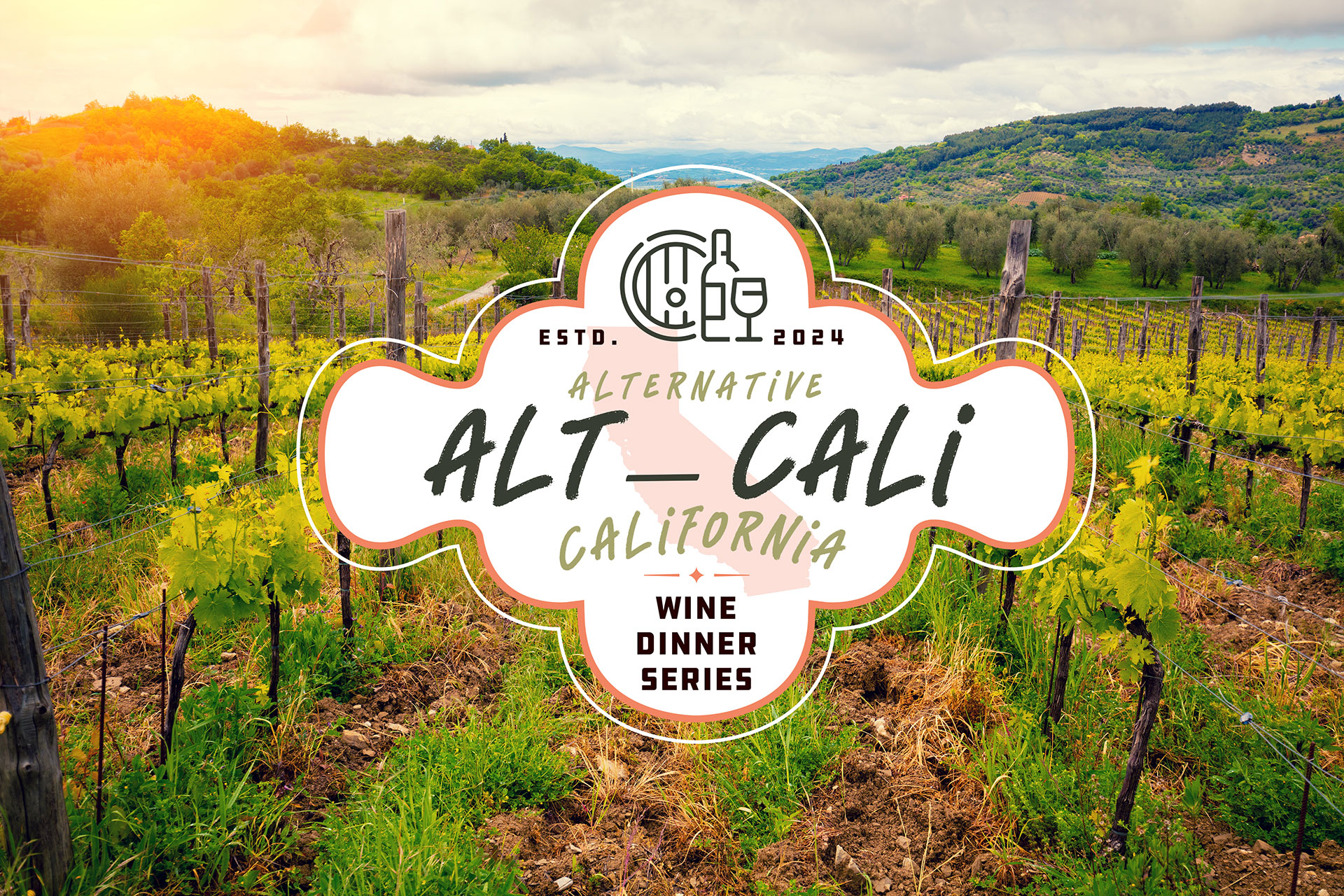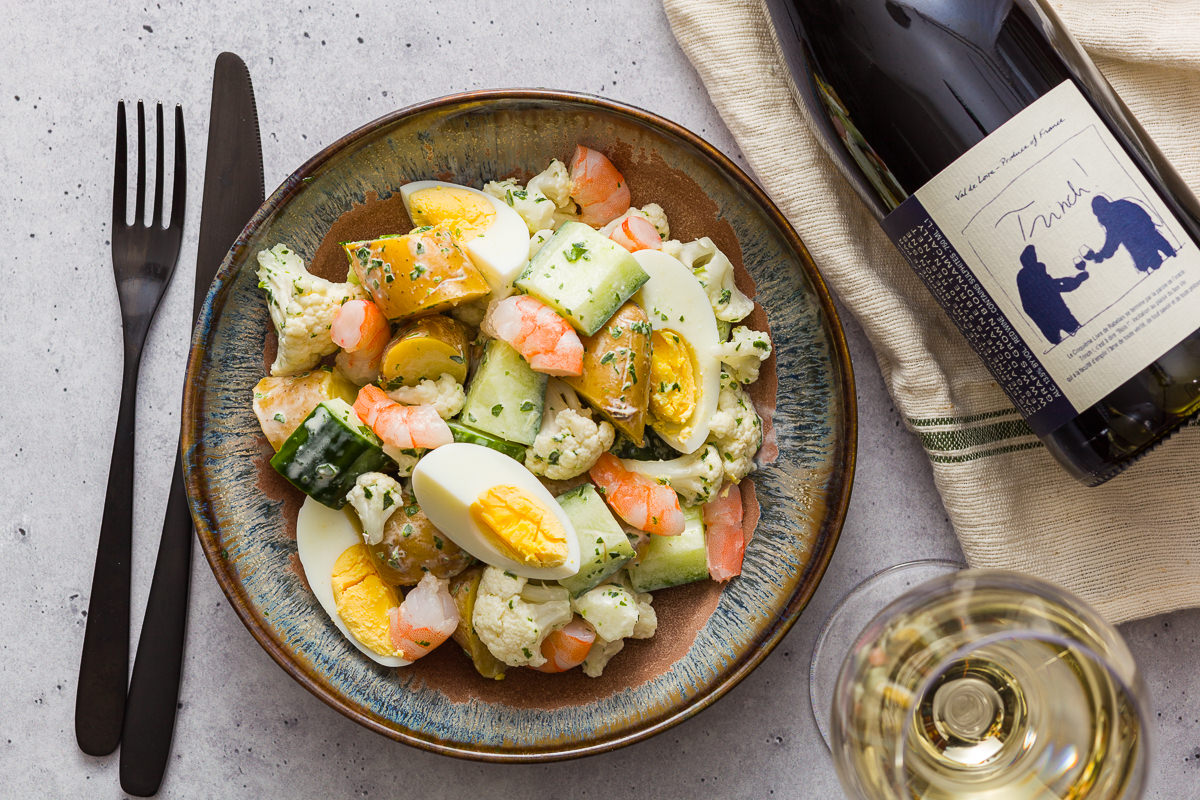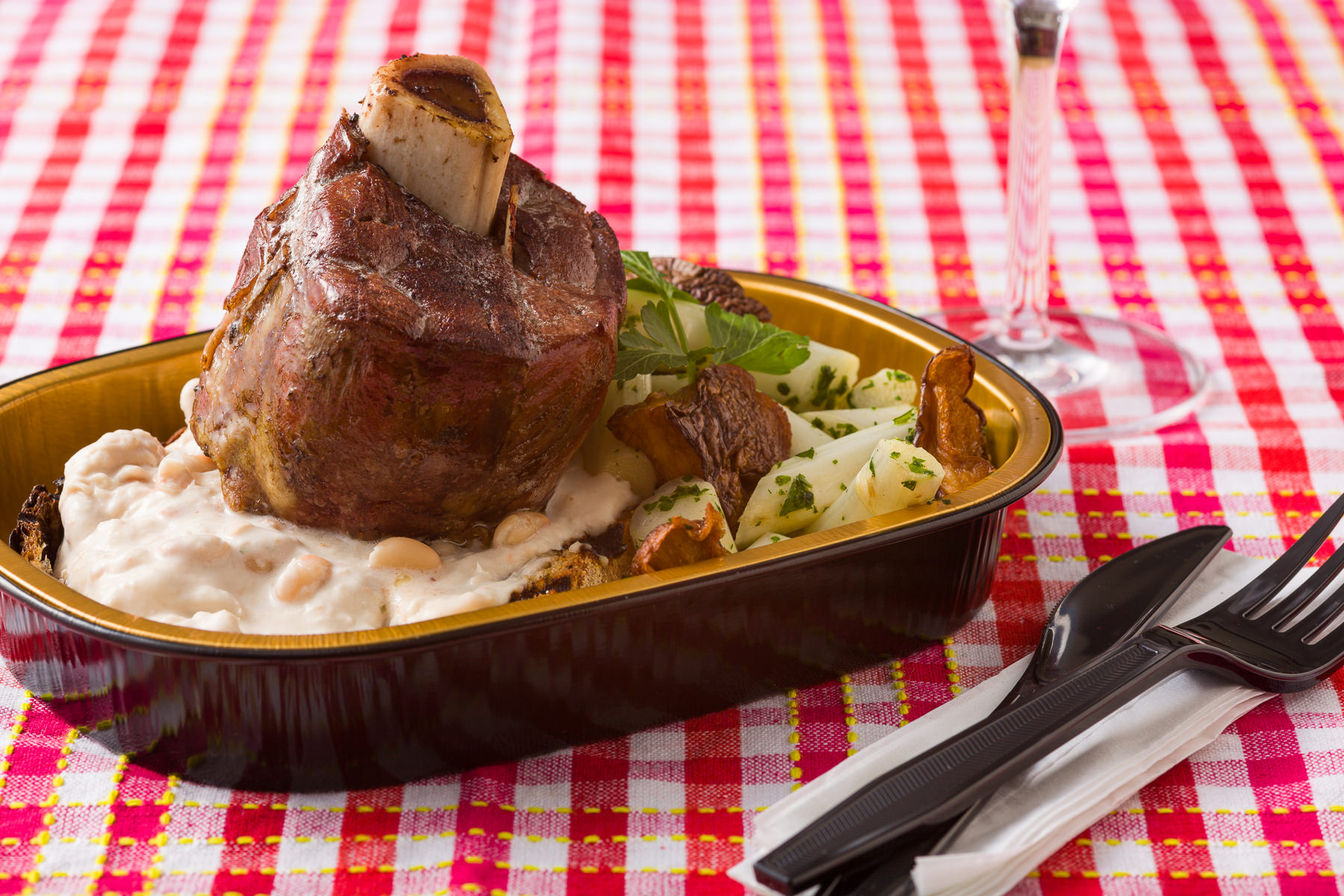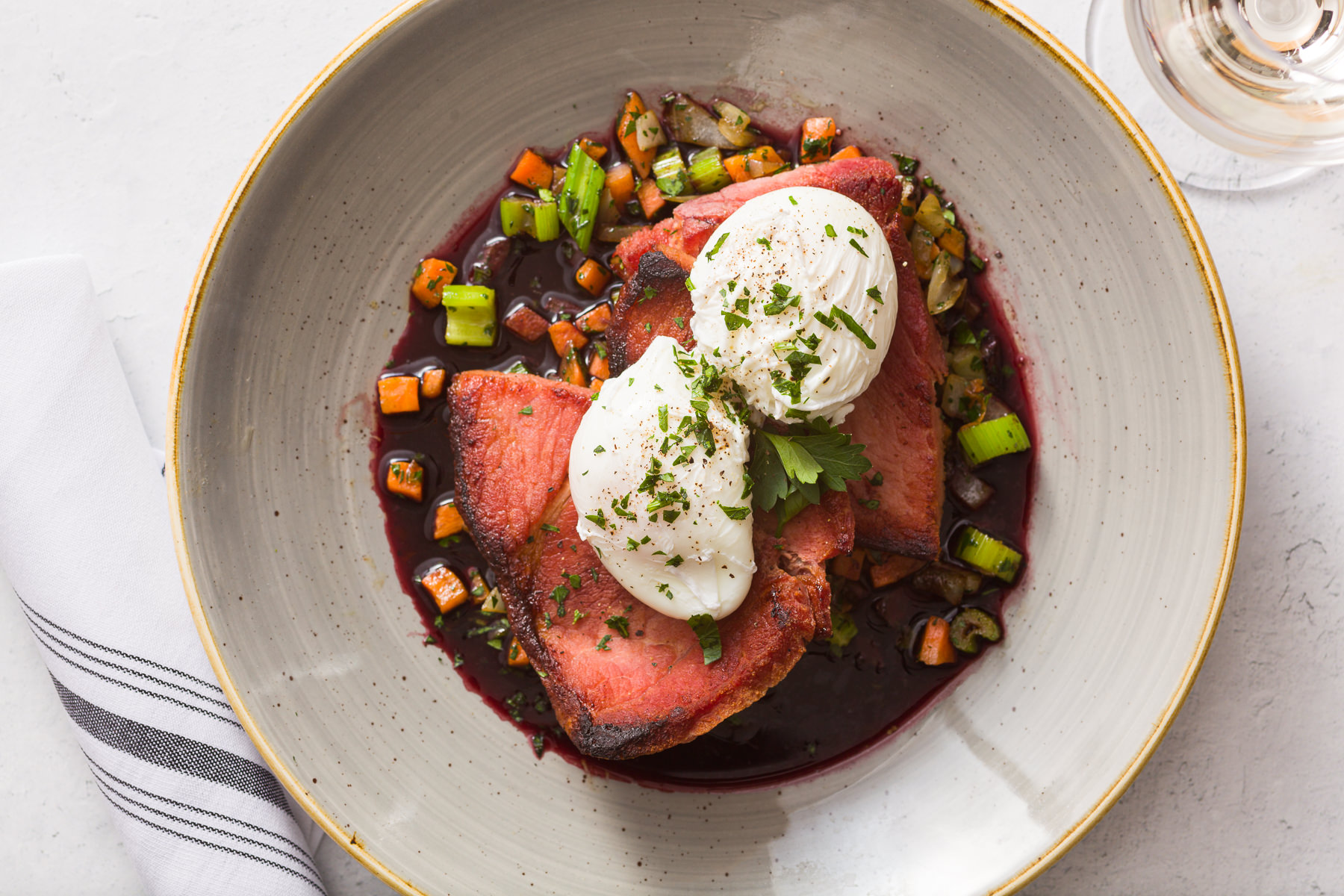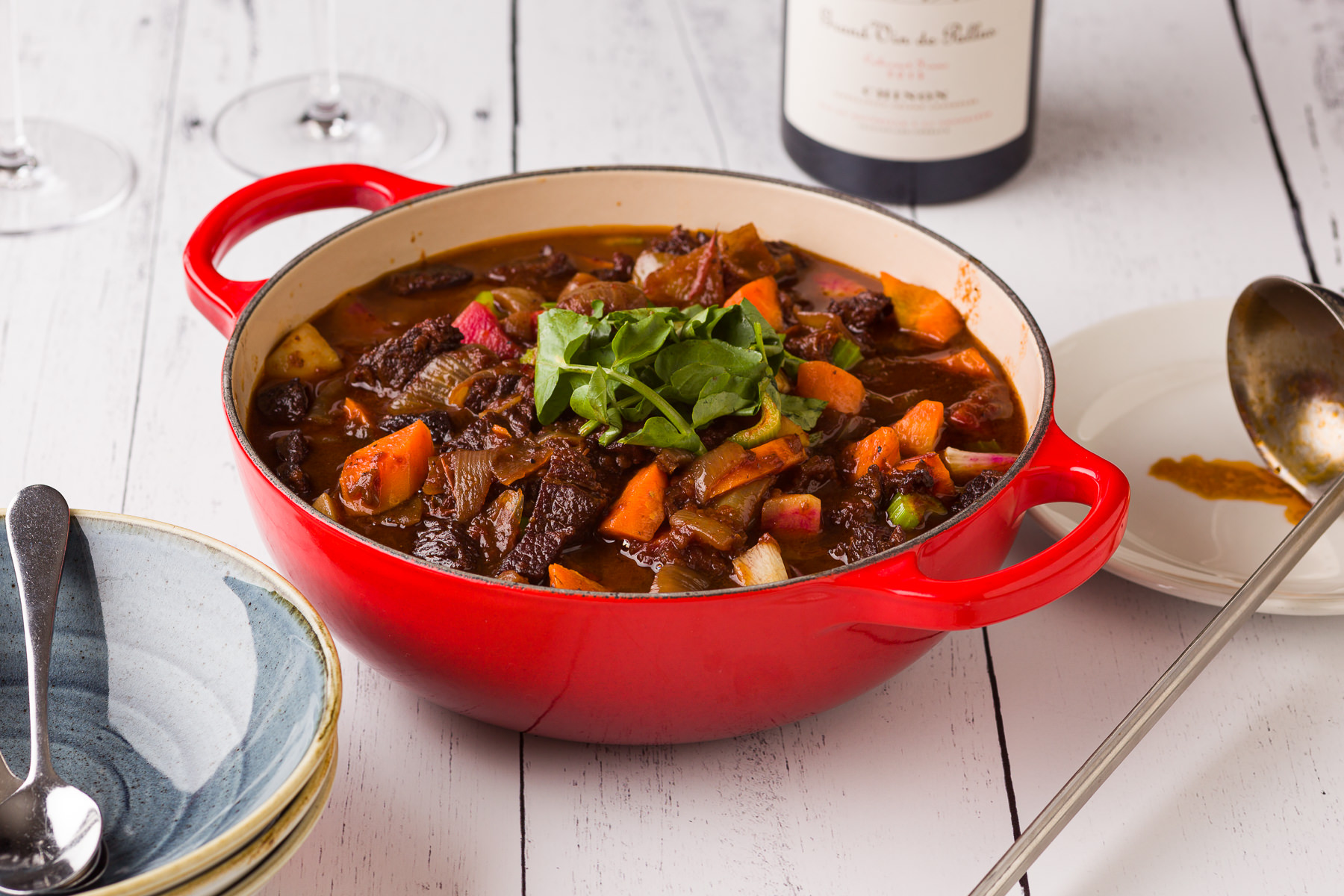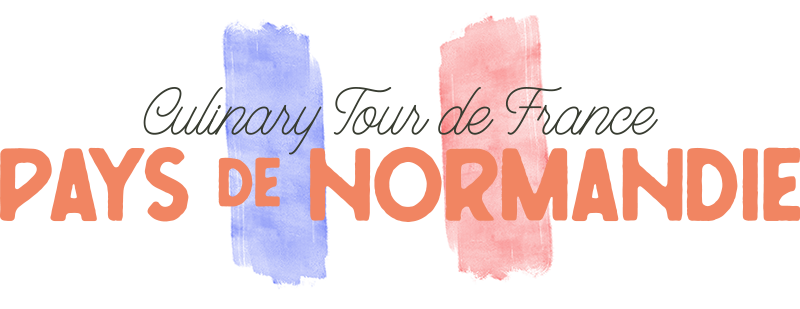
Along with Burgundy, Alsace, and Champagne, there are a few other regions in France with the name recognition of Normandy. The significance of the region is in its ideal location, unique geography, and climate. Here is a land of rivers and rolling hills, dotted with pasture and orchards, that ends with breathtaking views of coastal islands from beaches and cliffs above the sea.
These same ocean cliffs are the geological siblings of the famous Cliffs of Dover across the English Channel and have their own name, the Côte d’Albâtre (Alabaster Coast). Stretching for 120km, the Upper Normandy coast runs southwest through ancient fishing villages like Fécamp and Yport to La Havre, one of France’s largest metropolitan areas at the mouth of the Seine River.
That mighty estuary is navigable by even the largest ocean ships all the way to the region’s capital of Rouen another 120km inland and then travels over 550km further through Paris all the way to Burgundy. In contrast to the islands and coast of Normandy, its basin-like inland plateau is a sparsely forested, rich agricultural region, with grain fields, prime pasture land, and orchards heavy with hundreds of types of apples and pears, used to make its famous ciders and brandies.
The gastronomy of Normandy is therefore bountiful and varied, combining coastal and inland ingredients. It is known equally for its seafood and shellfish as it is for its butter and cheeses, and despite not having a single vineyard, its cuisine is no less for it.
Although it would be impossible to represent this region (or any other) in just one week, we hope this menu introduces you to its diversity and continues telling the story of France.
Featured Dishes:
Salade Cauchoise
The Normandy region has been settled since the end of the Stone Age by a group of Celtic people referred to as the Gauls, made up of many local tribes. One way of differentiating each tribe was by their territory’s dirt. For example, within Normandy two distinct groups existed: People of the Bray (Mud) and People of the Caux (Chalk) along the coast. Both regions still exist today as local Pays with their own distinct culture and dialects.
Pays de Caux and its people, the Cauchoise, are perhaps best known though for their potato-based namesake, Salade Cauchoise. It’s difficult to say if the choice of the main vegetable was intentional or not, but there is some similarity in its white flesh to the chalky cliffs along the coast. Classically served warm with locally abundant celery and a tart-creamy dressing of crème fraîche and vinegar made from the region’s fermented cider, to this we’ve added leek, gouda cheese, and a garnish of fines herbes.
Smoked Herrings à la Fécampoise
Despite its earlier history of settlement by the Gauls, Normandy gets its name from the Normanz (Northmen) who settled there before invading England. These Normans were Vikings from various parts of Scandinavia who arrived and settled in the region, assimilating their Germanic language and seafaring way of life with the region.
While researching nearby Calais, located up the coast in the Pays du Nord region, we came across several mentions of salted and smoke-cured herring which were influenced by Nordic trade. Here in Normandy we learned that one place, Fécamp (fish camp), has been famous for its style of smoked herring for over a thousand years and that in modern times these are enjoyed with a serving of warm béchamel sauce and boiled eggs. Cadre’s addition is a bit of starch: charred cauliflower.
Tarte aux Pommes
Fécamp is probably best known now for its association with Benedictine, which was supposedly developed from a recipe found in the ruins of its abbey. Although this story is believed to be a fabrication, we know for a fact that Normandy has had a fascination with making apple brandy for centuries. In fact there are records of a distilling guild there going all the way back to 1603. It’s natural then that this spirit would make its way into the pastry canon.
Cake with apples (tarte aux pommes) is most strongly associated with the commune of Yport, found along the coast on an ancient road between Fécamp and Le Havre. There’s no timestamp associated with the recipe’s development but its sophistication suggests it may have been developed around the turn of 20th century, during the Belle Époque. At this time, because of Normandie’s proximity to Paris, a number of hotels, casinos, and villas with grand gardens were built along the coast, which south of Le Havre became known as Côte Fleurie (Flower Coast). This luscious cake makes use of apples, lemon zest, and about four ounces of Pays d’Auge Calvados VSOP per cake. We managed to resist eating the raw batter before baking and garnished the cake with crème fraîche frosting and a cinnamon cookie tuile.
Rabbit á lá Havraise
The tuile is an interesting invention, a wafer-thin cookie, named for the iconic roof tiles found on houses in Northern Italy and Provence in Southern France. This knowledge actually helped us immensely with this week’s rabbit entree. Oftentimes, while researching a region, the sources we have available have little more than a rudimentary description and no recipe. It is up to us then to take what we know about French techniques to recreate a lost dish: Rabbit á lá Havraise was one.
A simple description: “Rabbit cooked in a casserole, stuffed with pig’s feet, served cold.” Thankfully Chef Evan Dannells is up for a challenge, but when he read this he was sure it was a typo; it had to be the other way around. Stuffing a hollowed pig’s trotter is a common practice, but this is like fitting an elephant in a mouse. No other cookbooks or search engines could yield an answer until we focused on the word, “Havraise” meaning in the style of Le Havre (the harbor).
We knew that the architecture of Normandy is iconic, and here we learned of the Havraise-style gutter. Due to the region’s high amount of precipitation a special gutter was designed in Le Havre that’s shaped like a wide, deep, half-pipe, allowing rain to accumulate without overflowing the drain. While looking at a deboned rabbit loin we recognized the shape immediately and set to work by making a farce of shredded smoked ham hocks, preserved morel mushrooms, shallot, and mirepoix. By carefully controlling the temperature of the forcemeat we were able to make a rudimentary aspic or savory jelly that could be rolled into the curve of the rabbit loin. The result is a galantine of rabbit and pork. Is this the authentic recipe? We don’t know, but we’ll continue searching for answers and playing with our food.


